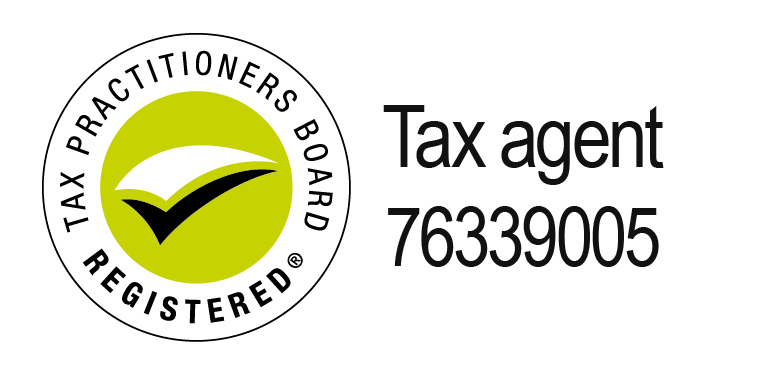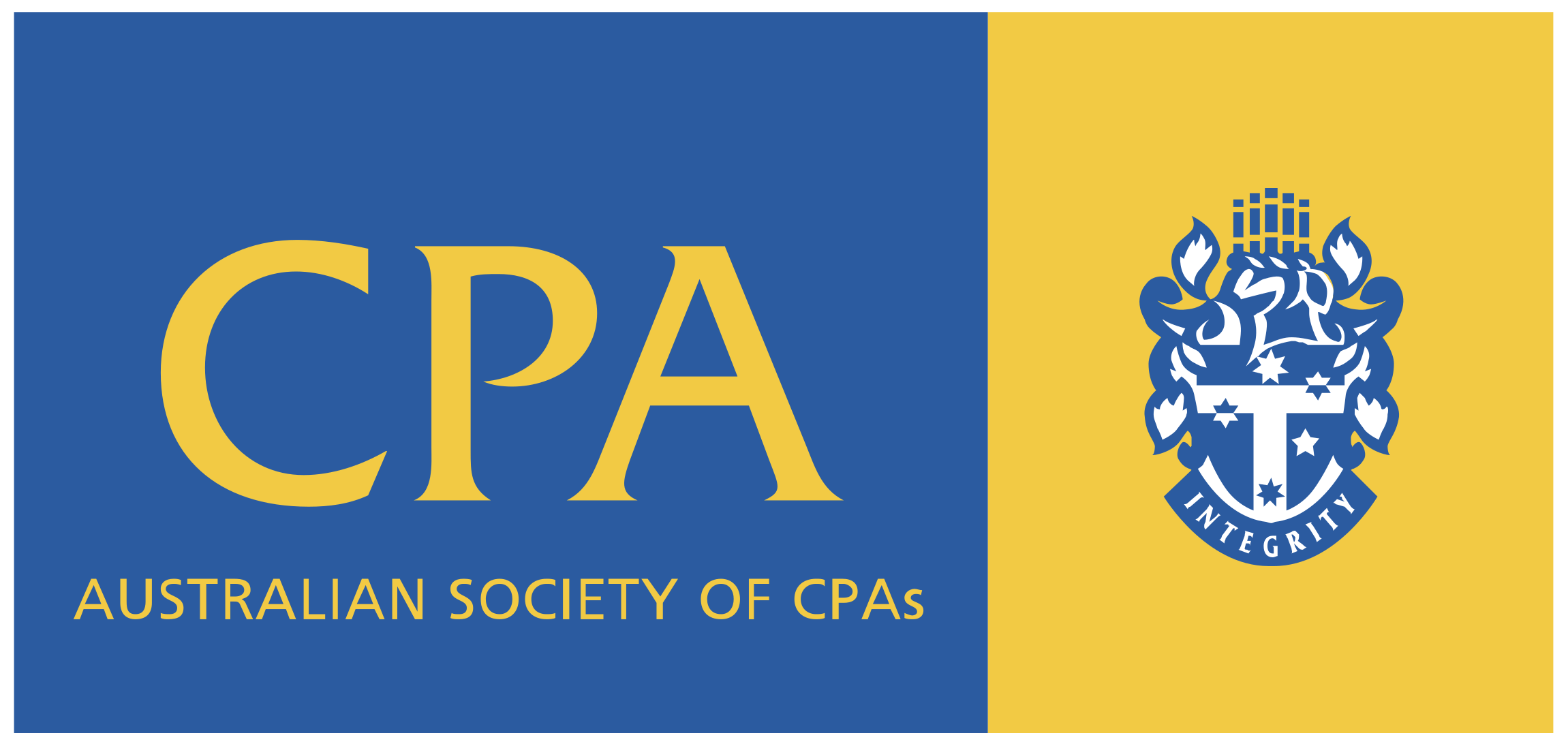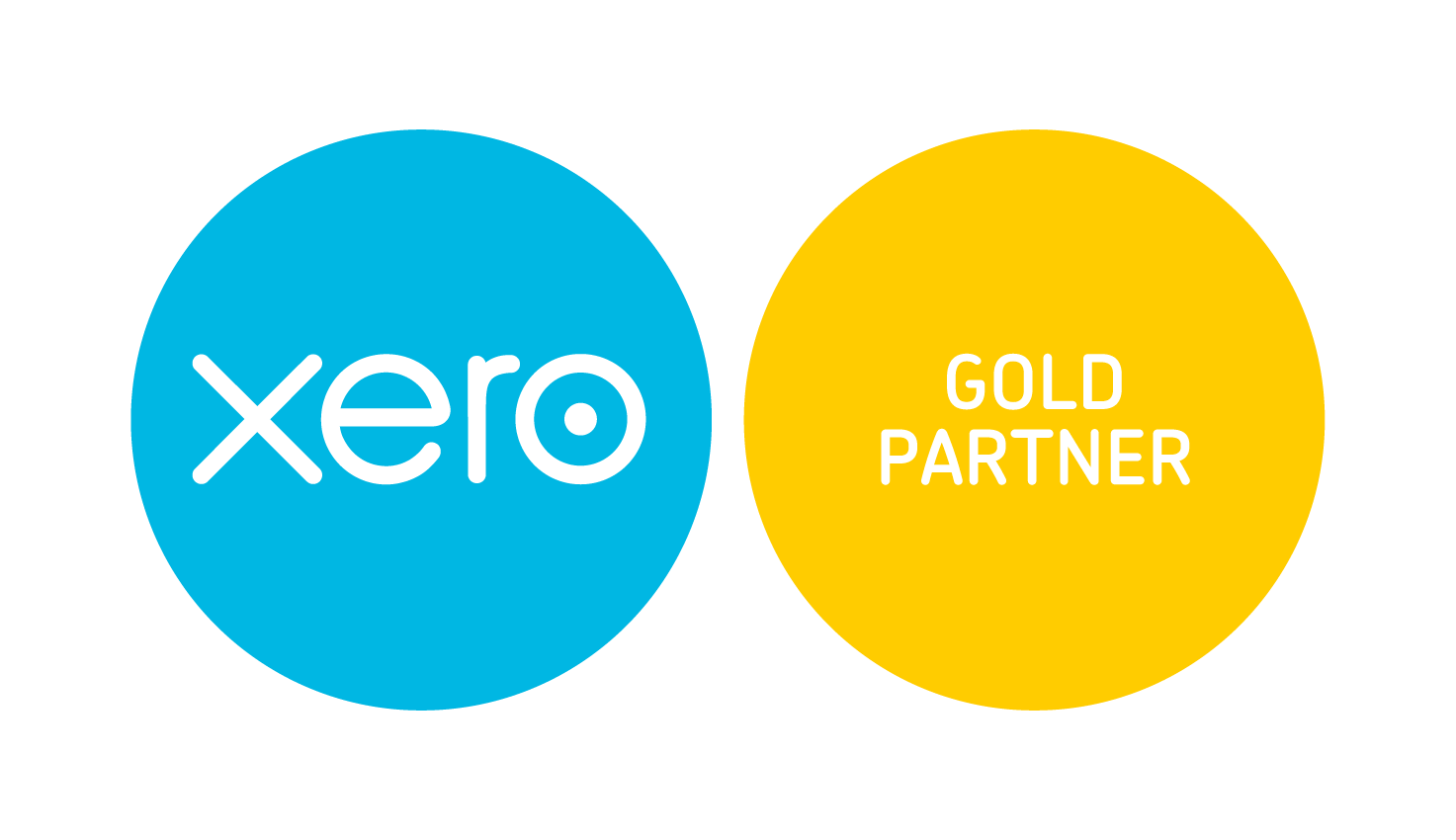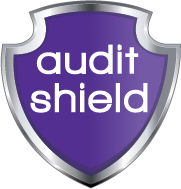
The future of JobKeeper and JobSeeker
JobKeeper 2.0
The second tranche of the JobKeeper scheme changes the eligibility test for employers and the method and amount paid to employees.
If your business currently receives JobKeeper, your arrangements will generally remain unchanged until 27 September 2020. From 28 September 2020, employers seeking to claim JobKeeper payments will need to reassess their eligibility and prove an actual decline in turnover.
Eligibility
To continue receiving JobKeeper payments, employers will need to reassess their eligibility with reference to actual GST turnover for the June and September 2020 quarters (for payments between 28 September to 3 January 2021), and again for the June, September and December 2020 quarters (for payments between 4 January 2021 to 28 March 2021).
Eligible employers
The broad eligibility tests to access JobKeeper remain the same with an extended decline in turnover test.
-
On 1 March 2020, carried on a business in Australia or was a non‑profit body pursuing its objectives principally in Australia; and
-
before the end of the JobKeeper fortnight, it met the decline in turnover test*:
- >15% for an ACNC-registered charity (excluding universities, or schools within the meaning of the GST Act – these entities need to meet the basic turnover test)
-
> 50% for large businesses:
- aggregated turnover for the test period is likely to be $1 billion or more, or aggregated turnover for the previous year to the test period was $1 billion or more (a small business that forms part of a group that is a large business must have a >50% decline in turnover to satisfy the test).
- >30% for all other qualifying entities.
-
And, was not:
- on 1 March 2020, subject to Major Bank Levy for any quarter ending before this date, a member of a consolidated group and another member of the group had been subject to the levy; or
- a government body of a particular kind, or a wholly-owned entity of such a body; or
- at any time in the fortnight, a provisional liquidator or liquidator has been appointed to the business or a trustee in bankruptcy had been appointed to the individual’s property.
-
before the end of the JobKeeper fortnight, it met the decline in turnover test*:
1 March 2020 is an absolute date. An employer that had ceased trading, commenced after 1 March 2020, or was not pursuing its objectives in Australia at that date, is not eligible.
*Additional tests apply from 28 September 2020.
Additional decline in turnover tests
To receive JobKeeper payments from 28 September 2020, businesses will need to meet the basic eligibility tests and an extended decline in turnover test based on actual GST turnover.
| |
30 March to 27 September 2020 |
28 September to 3 January 2021 |
4 January 2021 to 28 March 2021 |
|
Decline in turnover |
Projected GST turnover for a relevant month or quarter is expected to fall by at least 30% (15% for ACNC-registered charities, 50%
for large businesses) compared to the same period in 2019.* |
Actual GST turnover in the June and September 2020 quarters fell by at least 30% (15%
for ACNC-registered charities, 50% for large businesses) compared to the same periods in 2019. The decline for both of the quarters needs to be met to continue receiving JobKeeper payments. |
Actual GST turnover in the June, September and December 2020 quarters fell by at least
30% (15% for ACNC-registered charities, 50% for large businesses) compared to the same periods in 2019. The decline for all three of the
quarters needs to be met to continue receiving JobKeeper payments. |
* Alternative tests potentially apply where a business fails the basic test and does not have a relevant comparison period.
Most businesses will generally use their Business Activity Statement (BAS) reporting to assess eligibility. However, as the BAS deadlines are generally not due until the month after the end of the quarter, eligibility for JobKeeper will need to be assessed in advance of the BAS reporting deadlines to meet the wage condition for eligible employees. However, the ATO will have discretion to extend the time an entity has to pay employees in order to meet the wage condition.
Alternative arrangements are expected to be put in place for businesses and not-for-profits that are not required to lodge a BAS (for example, if the entity is a member of a GST group).
Alternative tests
The Commissioner of Taxation will have discretion to set out alternative tests that would establish eligibility in specific circumstances where it is not appropriate to compare actual turnover in a quarter in 2020 with actual turnover in a quarter in 2019, in line with the Commissioner’s existing discretion.
Eligible employees
Employee eligibility will remain broadly the same but the value of the payment will change from 28 September based on average weekly hours in February 2020.
-
On 1 March 2020:
- Was aged 16 years and over; and
- If the individual was aged 16 or 17, was either financially independent or was not undertaking full-time study;
- Was an employee other than a casual, or was a long-term casual*; and
- Was an Australian resident (under the meaning of the Social Security Act 1991), or a resident for tax purposes and held a Subclass 444 (Special category) visa**.
-
And, at any point during the JobKeeper fortnight:
- Was an employee of the employer; and
-
Was not an excluded employee:
- An employee receiving parental leave pay or dad and partner pay; or
- An employee receiving workers compensation payments in relation to total incapacity.
-
And, has provided the JobKeeper Payment Employee
Nomination to
the employer:
- Agreeing to be nominated by the employer as an eligible employee under the JobKeeper scheme; and
- Confirming that they have not agreed to be nominated by another employer; and
- If they are a long-term casual, they do not have permanent employment with another employer.
*A ‘long term casual employee’ is a person who has been employed by the business on a regular and systematic basis during the period of
12 months that ended on 1 March 2020 (1 March 2019 to 1 March 2020). These are likely to be employees with a recurring work schedule or a
reasonable expectation of ongoing work.
JobKeeper payments
| JobKeeper |
30 March to 27 September 2020 |
28 September to 3 January 2021 |
4 January 2021 to 28 March 2021 |
|
Payment |
$1,500 per fortnight per employee |
|
|
Assessing if an employee has worked 20 hours or more
JobKeeper payments from 28 September 2020 are paid at a lower rate for employees who worked less than 20 hours per week on average in the four weeks of pay periods before 1 March 2020.
The Commissioner of Taxation will have discretion to set out alternative tests for those situations where an employee’s or business participant’s hours were not usual during February 2020. Also, the ATO will provide guidance on how this will be dealt with when pay periods are not weekly.
Can I keep getting JobKeeper until September?
If your business and your employees passed the original eligibility tests to access JobKeeper, and you have fulfilled your wage requirements, you can continue to claim JobKeeper up until the last JobKeeper fortnight that ends on 27 September 2020.
ATO assistant commissioner Andrew Watson said in a recent interview, “Once you’re in, you’re in to the end of September. If you meet the eligibility test once, you’re in it for the whole time.” The original eligibility test was a once only test although there are ongoing conditions that need to be satisfied for each JobKeeper fortnight.
JobSeeker and other support
Coronavirus supplement
The Coronavirus supplement will continue, albeit on a reduced rate of $250 per fortnight (from $550), from 25 September until 31 December 2020 for eligible individuals.
| 27 April to 24 September 2020 |
$550 per fortnight |
| 25 September to 31 December 2020 |
$250 per fortnight |
Eligibility remains the same. That is, those receiving:
- JobSeeker Payment (and all payments transitioning as a result of JobSeeker Payment)
- Youth Allowance
- Parenting Payment (Partnered and Single)
- Austudy
- ABSTUDY Living Allowance
- Farm Household Allowance
- Special Benefit
- Eligible New Enterprise Incentive Scheme participants
- Department of Veterans’ Affairs Education Schemes
The eligibility criteria and some of the tests for access to income support is changing.
Eligibility and access
The expanded eligibility criteria for the Jobseeker Payment and the Youth Allowance Jobseeker will continue to apply until 31 December 2020:
- Permanent employees who have been stood down or lost their jobs (and are not receiving payments from an employer or through insurance),
- Sole traders, the self-employed, casuals or contractors who meet the income and assets tests.
In addition, if you receive JobSeeker or Youth Allowance payments, the amount you can earn before impacting income support has been increased to $300 per fortnight from 25 September 2020 until 31 December 2020.
However, a number of restrictions have been reintroduced.
Reintroduction of assets and partner income tests
From 25 September 2020, the assets test and the Liquid Assets Waiting Period (applies to those with assets such as cash savings worth over $5,500 for singles or $11,000 for singles with children and partnered people) will be reintroduced for access to income support payments.
In addition, partner income testing will resume from 25 September, albeit with higher thresholds than those pre coronavirus. That is, you will not be eligible for income support if you are not earning an income but your partner earns $3,086.11 per fortnight or $80,238.89 per annum. The partner income test taper rate will increase from 25 cents for every dollar of partner income earned over $996 per fortnight to 27 cents for every dollar of partner income earned over $1,165 per fortnight.
Reintroduction of job seeking requirements
Job seeking requirements that were suspended from 24 March 2020 have been introduced from 9 June 2020. The mutual obligation requirements include:
- Voluntary job searches
- At least one phone or online appointment with a jobseeker’s employment services provider
- Voluntary participation in activities, either online or in person, and
- No payment suspensions or penalties for failure to comply.
Waiting periods continue to be waived
Some waiting periods for access to income support will continue to be waived until 31 December 2020:
- The one-week ordinary waiting period is waived.
- The newly arrived resident’s waiting period for new migrants (previously four years). Claimants will still need to meet residency requirements, that is they will need to hold a permanent visa. Affected claimants will need to serve the remainder of this waiting period at the end of the period the Coronavirus Supplement is paid for.
- The Seasonal Work Preclusion Period for those who are eligible for the Coronavirus supplement -this applies to those who finished seasonal, contract or intermittent work in the six months prior to claiming income support.
Disclaimer
The Guide contained herein is provided on the understanding that it neither represents nor is intended to be advice or that the authors or distributor is engaged in rendering legal or professional advice. Whilst every care has been taken in its preparation no person should act specifically on the basis of the material contained herein. If assistance is required, professional advice should be obtained.
The material contained in this Guide should be used as a guide in conjunction with professional expertise and judgement. All responsibility for applications of this Guide and for the direct or indirect consequences of decisions based on this Guide rests with the user.
Knowledge Shop Pty Ltd, STM Accounting Group, directors and authors or any other person involved in the preparation and distribution of this guide, expressly disclaim all and any contractual, tortious or other form of liability to any person in respect of this Guide and any consequences arising from its use by any person in reliance upon the whole or any part of the contents of this guide.
Copyright © Knowledge Shop Pty Ltd, STM Accounting Group
V1 21 July 2020





